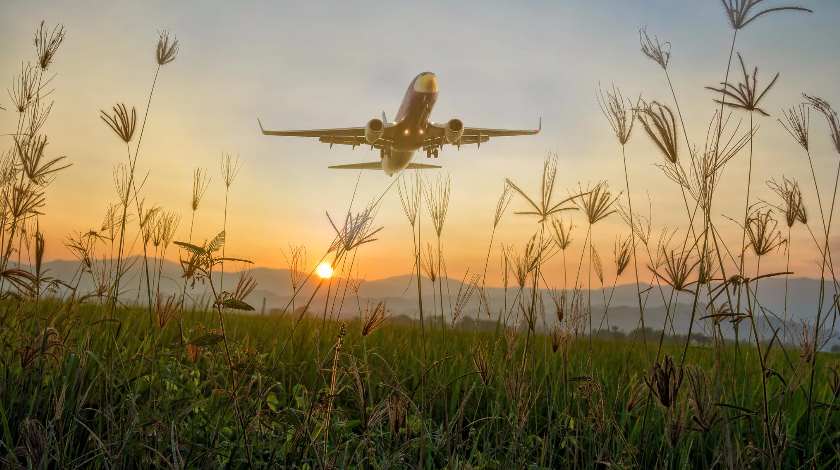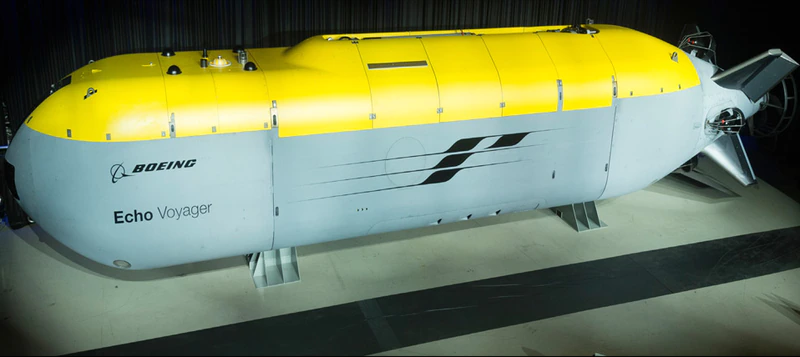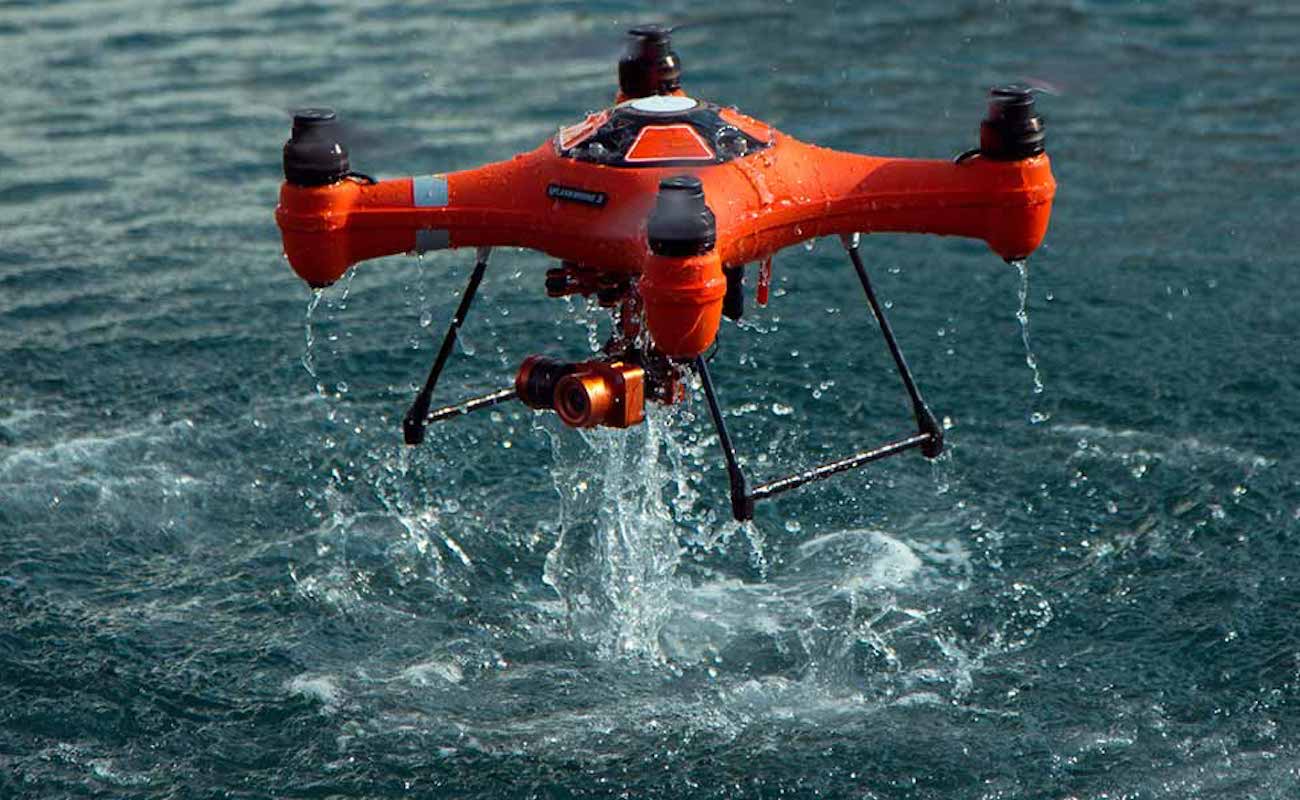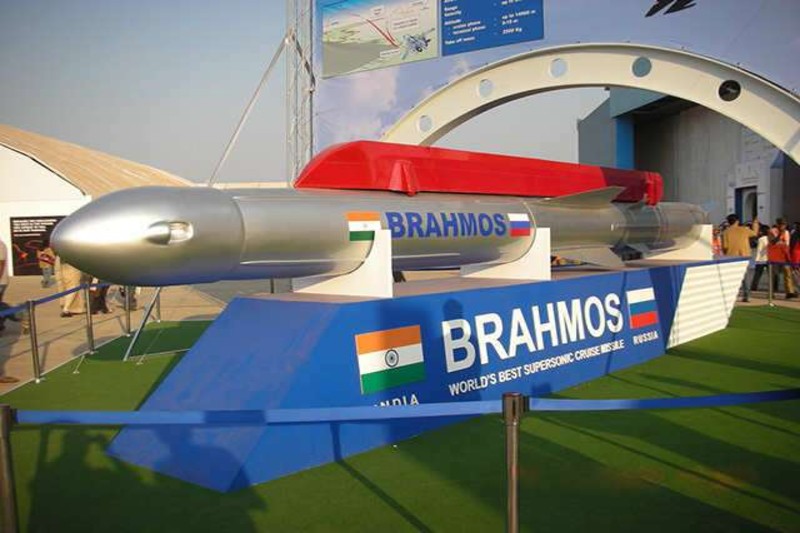Urban Air Mobility (UAM): Transforming the future of mobility landscape
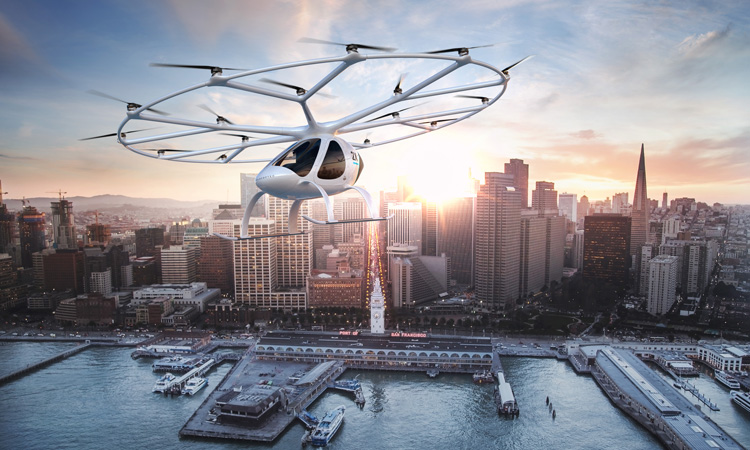
Looking ahead, larger cities around the world are likely to have urban air mobility (UAM) in around 15 years. Thousands of air-taxi flights would take place daily in capital cities, not only in megacities if economic forecasts come true.
Flying cabs have a science fiction, if not science fantasy, feel to them. Many mobility experts, on the other hand, imagine a future in which lightweight, car-like vehicles fly through the skies over our towns, avoiding the congested streets. In the next five years, more than 250 companies of all sizes are planning to produce, develop, or operate these air taxis. Multi-rotor or multi-winged electric vehicles with a 30-to-300-mile range would be the most common. They will take off and land vertically, seat two to six people, and have a vertical takeoff and landing. Although some individuals will own such vehicles, we anticipate that the vast majority will be shared.
According to the latest projections, the global demand for this urban air mobility (UAM) market will be in the hundreds of billions of dollars per year once it hits size and maximum potential.
Is UAM just a possibility or an upcoming reality?
Urban air mobility makes use of the sky to help connect people to cities and areas, allowing them to connect more easily. Air mobility is improving in both manned and unmanned modes. The term "urban air mobility" refers to air-based urban transit systems. As a result of traffic congestion, these transportation networks arose.
Urban air mobility uses the sky to link people to cities and towns, making it easier for them to connect. Both manned and unmanned air mobility is improving. Air-based mass transportation networks are referred to as "urban air mobility." These transportation networks emerged as a result of traffic congestion. Two key requirements for achieving sustainable UAM were established by the Horizon 2020 research program on smart, green, and integrated transport: reducing the total environmental footprint and controlling noise and visual pollution. UAM-generated noise has been described as a key factor in this growth.
Even though residents' reactions to well-controlled urban flight trials have been neutral or even optimistic, there would almost certainly be resistance to the full-scale implementation of UAM, as thousands of flights are flown daily in a single area.
In this early stage of planning for UAM operations, the lessons learned and technological advances made should allow us to take the steps necessary to make UAM socially acceptable and sustainable from the start. Drones must be used with caution to ensure that transferring urban transportation into the vertical dimension does not simply re-create old problems in the name of exploring new markets.
It is suggested that openness be used to help raise acceptance of UAM and the noise associated with it among individual residents as well as communities. Residents are viewed as stakeholders in UAM in this concept, which expands on the demand for continuous noise measurements of vertical take-off and landing operations at individual sites, with data collected voluntarily by residents and facilitated by smartphone-based participatory noise sensing.
UAM: Possible or attain or hard to conceive?
However, the route from here to there is unclear. UAM faces a range of obstacles, including technology, regulatory issues, public acceptance, air traffic control, and physical infrastructure, to name a few. It also needs to overcome a pilot challenge. These vehicles would finally be able to fly themselves, but due to technological challenges, regulatory considerations, and the need for public approval, it could take a decade or more. Until autonomous flight of hundreds or thousands of vehicles over cities around the world becomes a reality, the industry will need to hire, train, and deploy thousands of pilots—a significant but less noticeable obstacle compared to other problems.
The public will be more aware of UAM's value proposition as a result of the pilots. They must, however, gain experience with this new mode of transportation and assist in the collection of data before taking off. Pilots must also be aware of wider operational challenges to help regulators and the general public gain trust in the industry's safety and reliability.
There are four big headwinds
Before reaching full autonomy, the industry would need to hire, train, and pay thousands of pilots over the next decade or so. Businesses enthusiastically awaiting their automated future will face a slew of challenges as a result of this fact.
The issue of cost
Costs and complexity of service rise as a result of pilots. Our models say that the cost per passenger-seat-kilometer of a piloted UAM flight may be up to twice that of an autonomous flight (based on realistic assumptions about key inputs like energy prices, vehicle cost and usage, landing fees, and pilot salaries).
The problem of pilot-sourcing
Another major challenge would be finding, recruiting, and keeping enough pilots. Operators of smaller aircraft were still having trouble attracting trained pilots until COVID-19 brought global aviation to a halt. Pre-crisis projections suggested that the already scarce availability of commercial pilots would become much scarcer in the future: existing commercial operations were projected to require 320,000 newly qualified aviators over the next ten years, according to those projections. 3 If commercial aviation does not return to its original course, the COVID-19 crisis will push back the need for these pilots by a few years, perhaps even lowering the number needed. Nonetheless, the majority of those new pilots will be needed by the end of the decade. UAM pilots will be added on top of that.
The aircraft-design challenge
The existence of a pilot has additional consequences for the design of UAM vehicles. In addition to the pilot's seat, controls and interfaces between the pilot and the aircraft would need to be designed. Industry participants will need skills that will be redundant on autonomous vehicles (for example, in human factors), and the transition from pilot to autonomous vehicles will necessitate substantial vehicle redesign. The argument is that piloted vehicles will be very different from autonomous vehicles, not that they will be more difficult to build or more complex. After years of designing and manufacturing one type of air taxi, manufacturers would have to turn to designing and producing another type of air taxi.
Key initiatives that are being used to test the transition to autonomy
The industry should undertake four main measures to resolve the challenge of hiring, training, and certifying UAM pilots during the early years of UAM. All of this will necessitate cooperation among a variety of parties, including vehicle manufacturers, technology providers, operators, regulators, and flight schools.
Pilot preparation and qualification should be streamlined
Since the existing standard does not make economic sense for them or the industry, the industry and its regulators must establish a new type of certification for UAM pilots. Commercial pilot certification and training standards are complex, time-consuming, and costly—an investment in both money and time that UAM pilots will not be able to recoup until automation takes over. Therefore, it is essential to redesign the training—without compromising safety, of course.
These innovative systems would not only streamline preparation but would also expand the pipeline by allowing people who lack conventional credentials or who want to learn new skills to find other jobs.
The curriculum is one significant field that needs to improve. Commercial pilots, for example, research high-altitude aerodynamics and the technical specifics of high-bypass jet engines, all of which are irrelevant to UAM. The scope of digital learning should be expanded in the new industry's pilot-training programs, both for ground school and realistic flying lessons. Artificial intelligence algorithms could help tailor training to the needs of individual students in real-time—for example, by recognizing places where they need retraining—or relatively low-cost simulators could replace a large portion of the time currently required for flight training in real aircraft.
Creating a compelling value proposition for potential pilots
Operators must have an appealing career path for pilots to maintain a steady supply. Otherwise, a high rate of pilot turnover could jeopardize their business case. In certain situations, the career path may go beyond driving UAM vehicles for a few years. Serving in nonpilot positions within the operators' spectrum (for example, as remote operators), reskilling for a career outside aviation, or transitioning to commercial jet piloting are all possibilities. Flow-through agreements with airlines and funding for type-rating training will be needed for the latter alternative. Operators could also subsidize the expense of basic flight training to increase the safety of their pilots.
Using pilots to have a great experience and increase public acceptance of UAM
While the need for pilots will increase the UAM business's costs and complexity, it may boost customers' expectations of the ride's safety and experience. As a result, potential customers' ability to adopt an exotic new form of transportation would be influenced.
Operators should plan their companies around pilots and use them to increase customer satisfaction. A pilot, for example, may not only reassure passengers but also greet them and assist them with luggage loading and unloading.
COVID-19: Boon or Bane for the UAM Industry?
Before the pandemic, several well-funded and talented players stated that they planned to begin UAM operations by 2023. Of course, the COVID-19 crisis could slow down a few players and cause the start dates to be pushed back a year or two. However, based on reported launch dates and anticipated delays, performance rates, production ramp-ups, and market constraints, we estimate that the industry will need about 60,000 pilots by 2028, or about 17% of total commercial pilots in 2018.
Another significant challenge would be to develop a value proposition that will entice people to pursue careers as UAM pilots considering the high cost of basic flight training, the 12- to 24-month training cycle, and, most importantly, the unpredictable future. The UAM industry has been outspoken about the need to automate, which could restrict a UAM pilot's career to a few years. Given the upfront training expense and the opportunity cost of training time without wages, the net present value of a five-year UAM career may be very poor or even negative, even if salary levels were in line with current early-career pilots (around $40,000 to $60,000 per year).
Additionally, UAM piloting skills and experience may not be transferable inside or outside of the aviation industry. As a result, many people will think it is best to follow other careers.
Competitive Landscape / Major Highlights of the UAM Market:
- Airbus, a multinational European aerospace corporation, is designing two electric UAM vehicles with the aim of providing short-hop flights between congested big cities and from suburbs to city centres at a cost comparable to conventional ground taxi service. The autonomous eVTOL Vahana demonstrator being designed by Airbus A3, the company's Silicon Valley team, is the company's first vehicle.
- Joby Aviation, based in Santa Cruz, California, is one of the more clandestine air taxi startups. For its eVTOL aircraft, the company has spent the last ten years developing its own electric motors and technology.
- Kitty Hawk, founded by Google co-founder and Alphabet CEO Larry Page, is another UAM business to keep an eye on. The Mountain View, California-based company has built three all-electric flying vehicles, but only two prototypes appear to be ready to take to the skies in the urban air taxi industry.
- Uber is looking to take a sizable chunk of the UAM pie for itself. Uber is in a strong spot to break away from the pack because, unlike other would-be first-to-market UAM pioneers, it already has an app and a brand that users know.
- Volocopter GmbH, based in Bruchsal, Germany, is taking on UAM with its all-electric Volocopter 2X, an 18-rotor eVTOL air taxi that has been dubbed a "giant drone you can sit in."
Conclusion: UAM will offer ample opportunities to both the automotive and aviation industry
Pilots on board will, in any case, eventually increase public acceptance of UAM. Although most people are neutral or optimistic about the concept, our research indicates that they prefer flying in piloted aircraft, and the possibility of a remotely piloted one will discourage some potential customers, at least for the time being. As the need for human controls decreases, the market will eventually accept complete autonomy.
Although UAM has a long-term autonomous future, the industry must first hire, train, certify, and handle tens of thousands of pilots.This would most likely only be the case for a few years, which is an issue in and of itself because pilots will not be able to recoup their training costs, including lost wages, throughout their careers. Manufacturers, operators, flight schools, regulators, and jobs agencies must all work together to overcome the major obstacles that the piloted ramp-up phase will undoubtedly present. They don't have much time to avoid the supply of pilots being a bottleneck that stymies the growth of this new industry.


